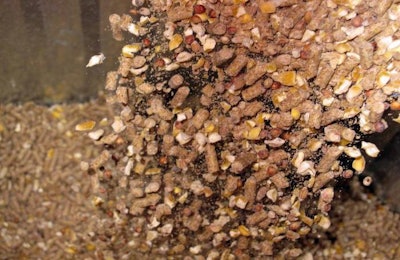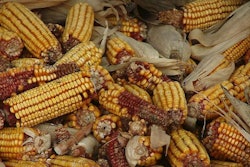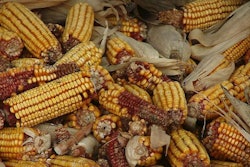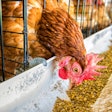
From WATTAgNet:
The effects of fumonisin exposure on poultry were dramatically witnessed in 1995, when two layer farms were seriously affected. The outbreak was characterized by black, sticky diarrhea; a severe reduction in the birds’ food intake, egg production and body weight; and lameness and death. The mortality rate reached 10 percent, while egg production declined by 20 percent.
Poultry is known to be less sensitive to fumonisin exposure than pigs and horses, but this does not mean birds are immune to the effects of this mycotoxin, or that its presence in feed does not impact on meat and egg production.
Analysis of the birds’ diets in the 1995 outbreak revealed contamination with fumonisin B1, up to 8.5 mg/kg in combination with aflatoxin B1 up to 0.1 mg/kg. At the time of the outbreak, the risks of fumonisin-contaminated feed were not fully understood, and there continues to be less than a full appreciation of its impact on production.
According to Alltech’s 2015 harvest analysis report, of the 100 corn samples submitted from across the United States and Canada, 96 percent of samples contain one or more mycotoxins. The most prevalent mycotoxin group found throughout North America for 2015 corn was fumonisins.
Poultry feed and the control of fumonisins
Poultry is known to be less sensitive to fumonisin exposure than pigs and horses, but this does not mean that birds are immune to the effects of this mycotoxin, or that its presence in feed does not impact on meat and egg production.
















